In short
|
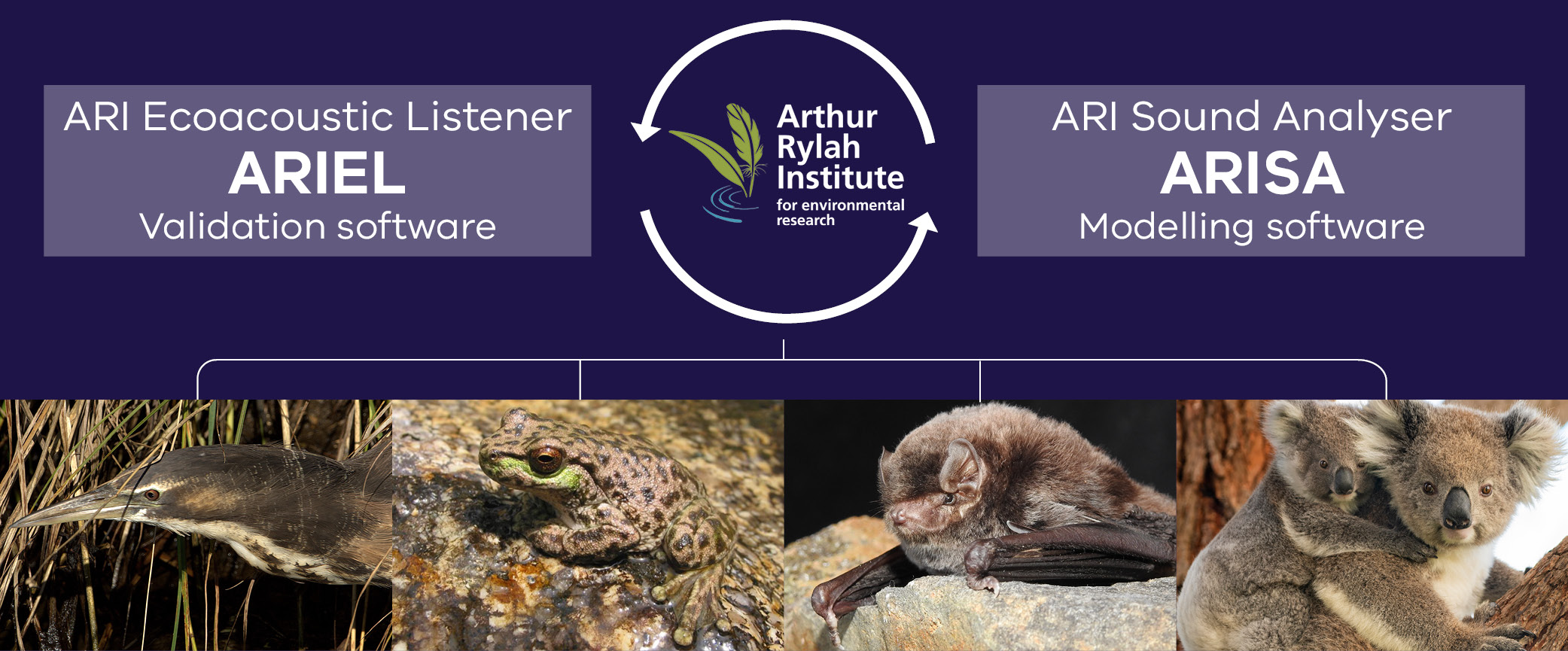
Accelerating wildlife call recognition using AI
For almost a decade, passive acoustic monitoring has helped researchers detect and monitor species that make sounds. The use and scale of acoustic recorders continue to grow. Traditional call detection methods, that use a human listener, will struggle to analyse the rapidly growing volume of audio recordings.
In response to this challenge, ARI has developed an artificial intelligence (AI) wildlife call recogniser model; it can rapidly scan large audio datasets and accurately identify calls. The Arthur Rylah Institute Sound Analyser (ARISA) was built in-house by Peter Griffioen, leveraging his expertise with Google TensorFlow and the expertise of many ARI wildlife researchers.
ARISA can now process 1 year of audio in just 24 hours (350 seconds of recorded audio per second) using custom, species-specific recognisers for many bird, frog, bat and other mammal species.
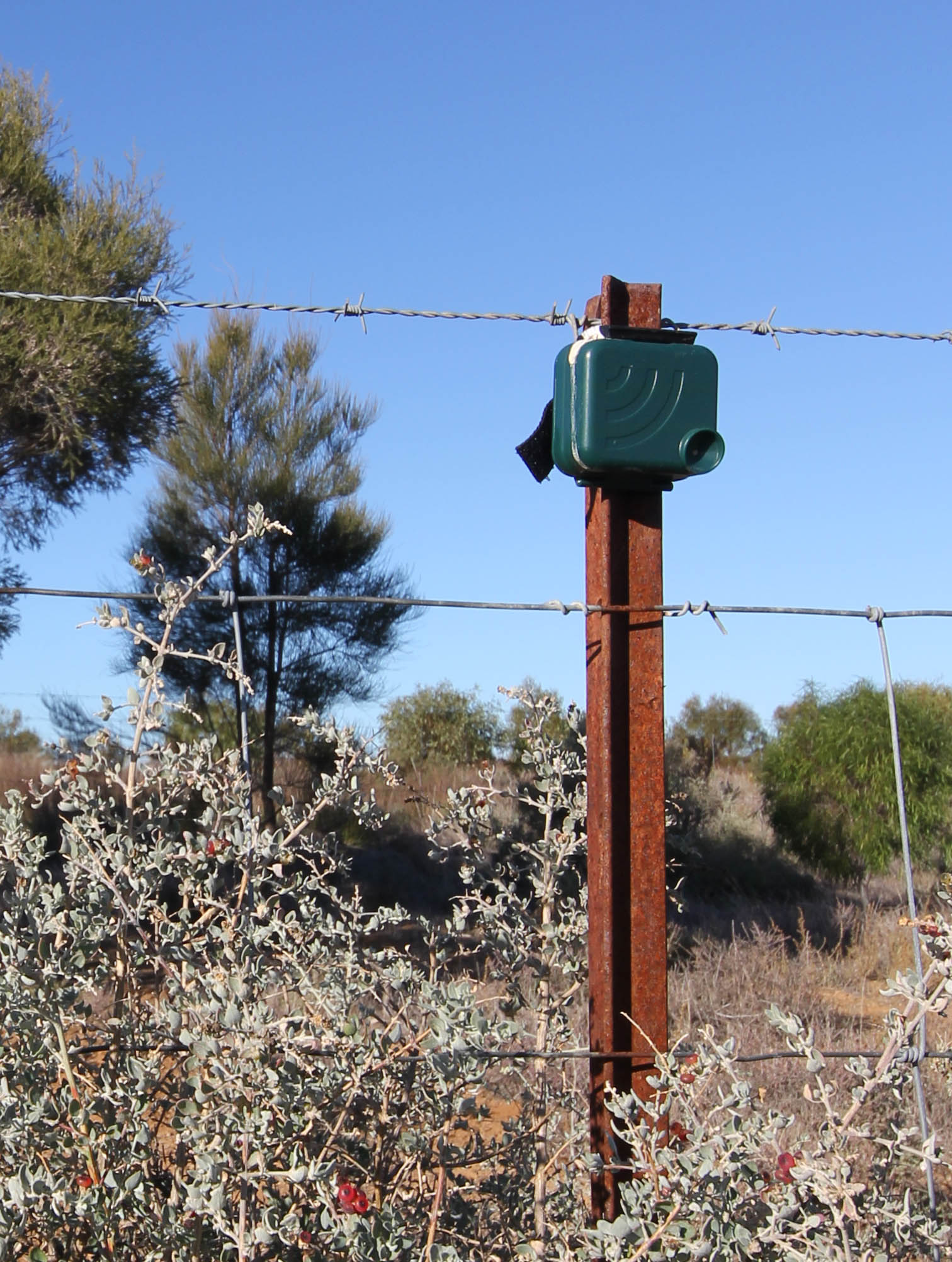
An audio recording device deployed in the field
World-leading AI development
To develop our AI wildlife call recogniser, our expert scientists went to great lengths to train the model and create a tool to enable fast and effective validation of the AI detections.
When considering the requirements of an AI wildlife call recogniser model, accurate species detection in cacophonous natural conditions is essential.
To build such accuracy into the tool, ARISA is trained using tens of thousands of expert-confirmed audio recordings of multiple target species. This hones its identification skills to detect wildlife calls amongst background sounds.
Background sounds can be anything other than the calls of the target species; from similar sounding species, cars, farm animals, music and even people singing. The training process used hundreds of thousands of such samples to distinguish these from the target species calls. For example, over 370,000 labelled audio samples were used to train and test an ARISA model that can accurately detect 16 Victorian frog species.
For species with poor data sets, new or archived recordings can be collected to increase a model’s identification accuracy. ARISA continues to improve with every iteration of development through continued training.
This new AI capability is giving legacy audio datasets new life. Existing audio files can be quickly re-examined for species that may not have been detected previously using human-listening approaches.
A peer-reviewed paper on ARISA is anticipated in late 2025.
To learn more about the AI design you can watch Peter Griffioen’s presentation Audio convolutional Neural Network Design – 2D v 1D pros and cons (Ecoacoustics Symposium 2024).
Our researchers need to have confidence in ARISA’s species identifications from these large audio files. This is particularly important when confirming rare or unusual detections.
To help with validations, ARI scientist, Lachlan Francis, developed a customisable, open-source audio validation software program called the Arthur Rylah Institute Ecoacoustic Listener (ARIEL). The software allows the rapid location of detected calls within sound files and has a user interface which provides:
- a visual depiction of the call
- an estimate of the model’s confidence of detection
- playback function so the scientist can listen to the call.
ARIEL compliments ARISA, providing a complete workflow that helps scientists to quickly process acoustic datasets and validate detected calls.
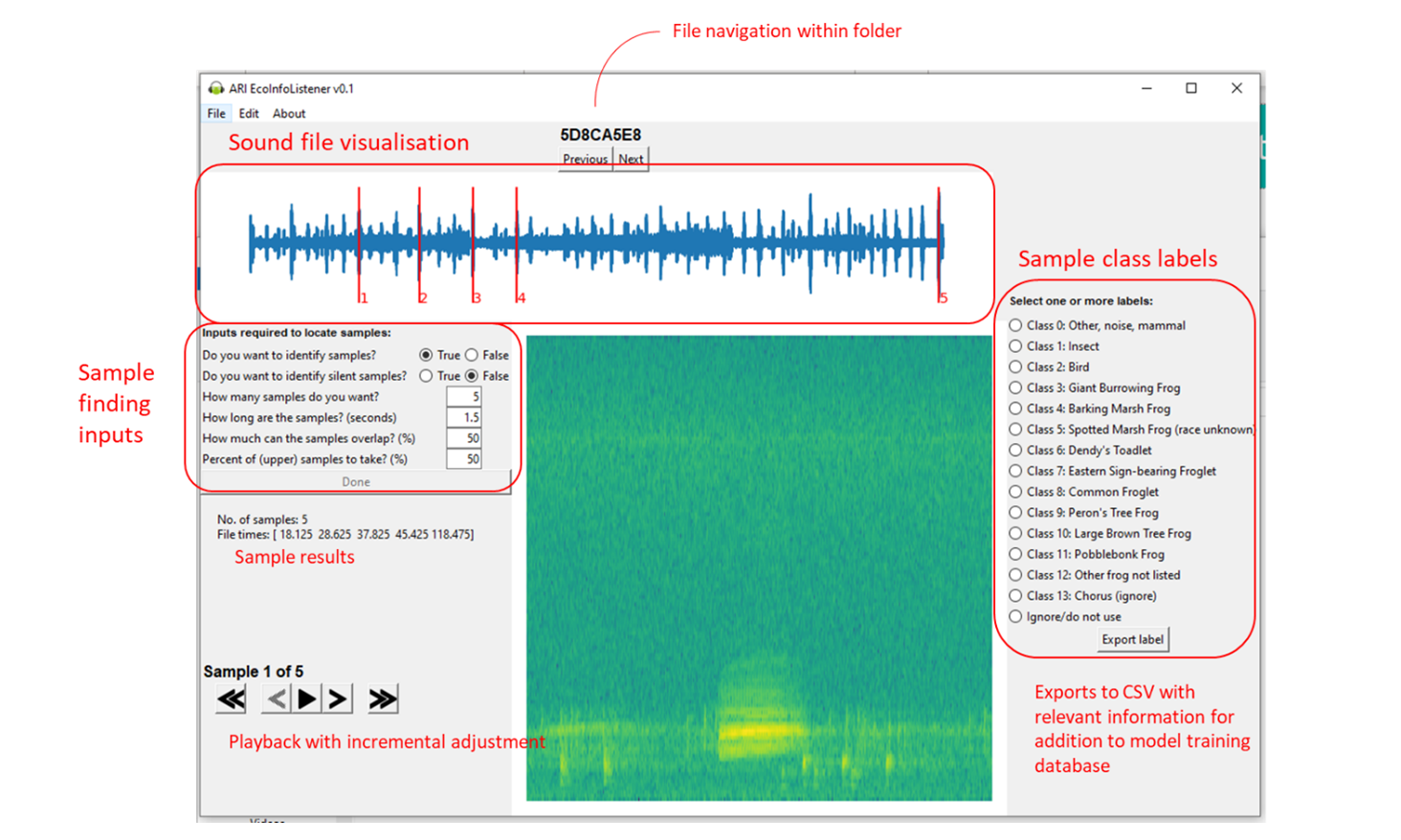
To learn more about this validation tool, watch ARIEL: Flexible open source software for the rapid validation of acoustic data - Lachlan Frances (Ecoacoustics Symposium 2024)
Research impact
Our world-leading AI wildlife call recogniser has dramatically reduced the time and effort required to process and detect wildlife calls in audio recordings.
To date, ARISA has helped us make some significant conservation findings from new and legacy data sets. It has helped to detect:
- Sloane’s Froglet Crinia sloanei (Endangered) at 14 sites, including 8 sites outside the known range, representing a 175 km range extension
- Common Spadefoot Toad Neobatrachus sudellae in Barmah Forest, the first record in this area in 19 years
- 95,996 bat calls in the NSW Bats in Backyards program
- Eastern Bristlebirds (Critically Endangered) at translocation sites in Wilsons Promontory
- Australasian Bittern (Critically Endangered) in monitoring data that was originally collected for frog surveys.
Our AI call recogniser in action
Our researchers are already using our cutting-edge AI call recogniser to detect and monitor species across Victoria.
ARI’s first ARISA model was developed to identify frog calls in Murray River floodplains. It used a large data set of recorded frog calls collected over three years by ARI’s Katie Howard and Louise Durkin.
Trained on thousands of expert-confirmed calls for each species, the model was able to automatically detect eight frog species of the southern Murray-Darling Basin.
Since 2022, ARISA’s success rate of correctly identifying frog calls has improved immensely. Recent successes include confirming the presence of the Vulnerable Growling Grass Frog in remote north-west Victoria and identifying a range extension of the Endangered Sloane’s Froglet.
In 2025, ARISA is helping the Critically Endangered Watson’s Tree Frog recovery program with its rapid analysis of field recordings able to be achieved during a field trip. The technology allowed field teams to collect field recordings during day work, analyse the data overnight, and target eDNA collection at confirmed Watson’s Tree Frog sites the next day.
To learn more about this frog research visit Artificial intelligence identifies frogs – by their calls.
You can watch presentations on this project on YouTube:
- - Acoustic monitoring of floodplain frog communities to inform water management - Louise Durkin
- - Identifying frog calls with Deep learning artificial intelligence (AI) – Peter Griffioen (ARI Seminar)
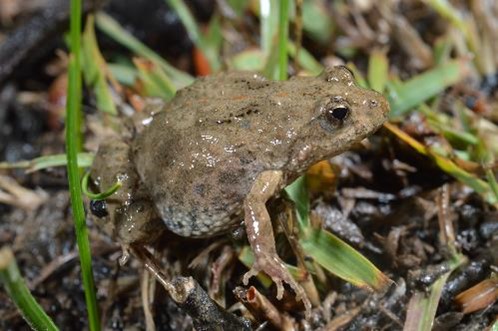
Sloane's Froglet(Crinia sloanei) by Mike Swan
After the 2019-20 Black Summer Bushfires, Critically Endangered Eastern Bristlebirds were translocated to several new sites in Wilsons Promontory. The species is difficult to survey for because it inhabits thick vegetation close to the ground and is well camouflaged. Acoustic monitoring offered a more practical survey method to track the population’s survival.
In collaboration with BirdLife Australia and Parks Victoria, ARI developed an AI model to detect the calls of the Eastern Bristlebird.
After training the AI on confirmed bristlebird calls, it successfully detected its call amongst all the other birdsong and background sounds. ARI continues to support the on-going monitoring program with Parks Victoria, confirming their survival and helping us understand which habitats the species prefers.
In the news:
- AI to help bring bushfire-hit birds back from brink (Sydney Morning Herald)

Eastern Bristlebird (Dasyornis brachypterus) by Marcia Riederer
Identifying bats from their calls adds extra challenges, as most of the insect-eating bats use high-frequency calls that are inaudible to the human ear. Complicating things further, there is extensive overlap in the call characteristics between different species and geographic variation in the calls for some species. This means the calls used to train the model (called reference calls) need to be collected from each region.
Bat surveys can generate large numbers of calls (often in the millions). This makes identification from audio recordings a difficult and arduous task, even for the most experienced bat researcher.
Region-specific models are being developed for both Victoria and NSW, in partnership with NSW Primary Industries, NSW’s Saving Our Species Program and the University of Melbourne.
The results are promising. For example, ARISA was able to successfully identify 93% of the NE and NW NSW region’s reference calls. Identification of unknown, field-collected calls is likely to be more difficult due to variation in the quality of the calls. Work is currently underway in Victoria to further validate and refine the model.
The success of these models raises hopes that ARISA can be used to build a more accurate understanding of bat populations in Victoria and NSW.
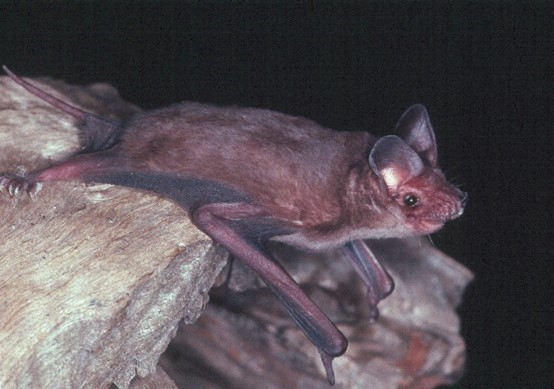
Eastern Freetail Bat (Ozimops ridei) by Lindy Lumsden
The Critically Endangered Eastern Ground Parrot is a very rare and cryptic species. Traditional survey techniques have a low likelihood of detecting its calls. Deploying audio equipment in suitable habitat to record calls for several weeks or months provides a much greater chance of detection.
In partnershipwith the Department of Planning and Environment, NSW, ARISA was trained to recognise Ground Parrot calls in Wilsons Promontory, eastern Victoria and SE NSW. It successfully detected and identified 89.6% of calls within a dataset of expert-identified reference audio files.
When deployed, this AI tool will allow for more extensive surveys within potential Ground Parrot habitat in the hope of detecting more individuals and helping to focus conservation efforts.
Large areas of north and north-west Victoria’s floodplain were inundated during the October 2022 floods. As part of the Victorian Government’s flood recovery program, ARI researchers investigated the status of threatened bird species in flood affected areas.
To do this, ARI deployed acoustic recorders across a wide area of the floodplains, collecting a large audio dataset of 55,000 files amounting to 1.67 TB.
By training an ARISA model to identify the calls of several rare bird species, it detected:
- Powerful Owls and Barking Owls in the Chiltern area
- Pink Cockatoos and Regent Parrots at Patchewollock and Ouyen
- Superb Parrots at Barmah Forest and the Terrick Terrick National Park surrounds.
Some target species were not detected, most likely because there were very few reference calls of those species to train the model prior to analysis. The next step is to source more confirmed audio recordings for those species and re-train the model.
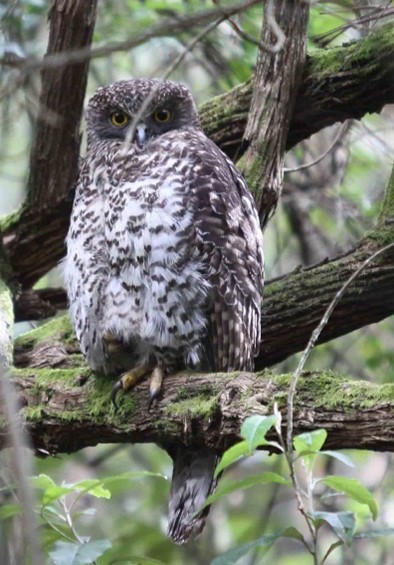
Powerful Owl (Ninox strenua) by Ed McNabb
Publications:
ARI is trialling ARISA for detecting Koalas in forests. Traditionally, Koala surveys have required on-ground surveys of the forest canopy, either in the day or with spotlights at night. In dense canopies, some Koala may be missed with this method, resulting in inaccurate survey results.
In partnership withThe NSW Department of Climate Change, Energy, the Environment and Water (DCCEEW) and CSIRO, ARI is deploying audio recorders that will be paired with on-ground, manual ‘distance sampling’ surveys to estimate koala numbers. The aim of this study is to provide a more accurate count of Koala present in an area.
As of early 2025, the project has collected over 42,000 hours of data from 276sites in both 2023 and 2024.
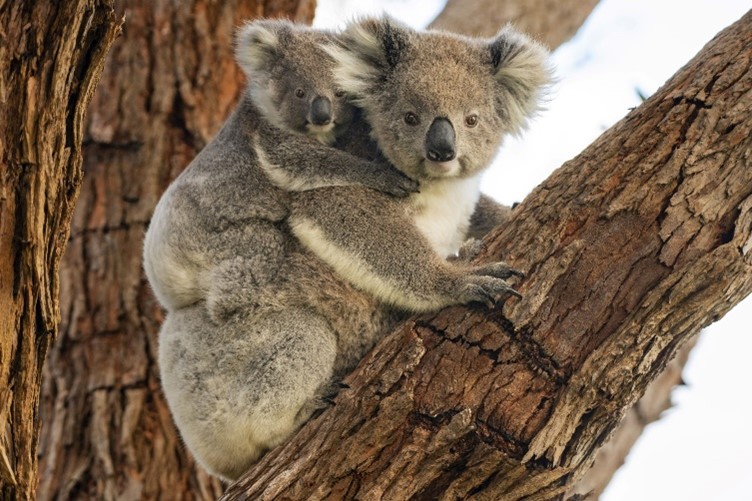
Koala (Phascolarctos cinereus) by Justin Cally
A model for detecting Yellow-bellied Glider calls is under development by the ARI acoustic team. In initial stages it was trained on 220 expert-confirmed Yellow-bellied Glider calls and over 79,000 non-target sounds. It achieved a rate of 82.8% accuracy in Yellow-bellied Glider call detection, with as little as 0.06% non-target sounds incorrectly identified as Yellow-bellied Gliders.
Continued refinement is possible with further training of the model with more confirmed target and non-target sounds. Again, this will allow for more extensive surveys of potential Yellow-bellied Glider habitat and lead to improved conservation of this species.
This project was able to repurpose the data used for Koala because numerous Yellow-bellied glider calls were included in those audio recordings. This meant no additional field work was required to specifically target Yellow-bellied Glider.
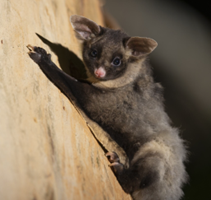
Yellow-bellied glider (Petaurus australis) by Justin Cally
The Critically Endangered Australasian Bittern is cryptic and difficult to survey visually. Therefore, it may be under-recorded when relying on expert field surveys alone.
The complementary use of acoustics recorders and visual surveys may prove more successful in detecting the species in wetlands. ARISA is showing promise as an efficient tool for detecting the species in acoustic data, helping researchers to understand the response of this cryptic threatened species to environmental water management.
To learn more about this research, watch Detecting cryptic waterbirds through novel audio analysis techniques - Harriet Kulich Ecoacoustics Symposium 2024
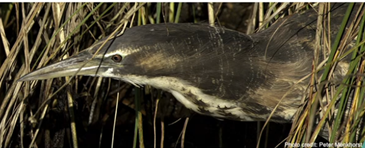
Australasian Bittern (Botaurus poiciloptilus) by Peter Menkhorst
Acknowledgements
The pilot AI recogniser model was funded by DEECA. The pilot model was trained and tested using data collected through monitoring projects funded by DEECA’s Biodiversity and Threatened Species Survey program and The Living Murray and Regional Forestry Agreement Landscape Surveys Program.
Current research on the Eastern Bristlebird is funded by the Australian Government’s Department of Agriculture Water and the Environment and the Victorian Government.
Bat research was funded by DEECA, NSW Primary Industries and Mallee Catchment Management Authority.
Koala research is funded under the National Koala Monitoring Program by CSIRO and Department of Climate Change, Energy, the Environment and Water, NSW.
Eastern Ground Parrot research was funded by Department of Planning and Environment, NSW.
More information
If you would like to learn more, collaborate or invest in this technology, contact ari.research@deeca.vic.gov.au
Page last updated: 02/10/25